Clean livestock policy
The clean livestock policy (CLP) for sheep was introduced about a year ago and is returning to the spotlight in factories in recent weeks. It was formulated by the Department of Agriculture in consultation with industry stakeholders. There are three categories – satisfactory, acceptable and unacceptable. Sheep classified as satisfactory are those where there is no change to the normal processing procedure. Those classified as acceptable can be slaughtered without an unacceptable risk of contamination and generally require additional interventions such as extra dressing controls, while those classified as unacceptable will be rejected for slaughter due to fleece contamination and require remedial action to be taken such as shearing or delaying slaughter of such animals.
Each factory is instructed to have posters demonstrating the three categories present in each lairage intake point. Teagasc has also developed producer and transport guides. For producers, the advice relating to current difficulties encountered on farms include moving feeders regularly to reduce fleece contamination and giving lambs access to fresh pastures when underfoot conditions deteriorate. For animals grazing fodder crops, the advice is to dag or crutch lambs before turning on to such crops and introduce animals slowly to their new diet. A run-back area or free access to hay should be provided.
For animals housed indoors, sheep should be housed in well-ventilated sheds on slats or on straw bedding which is replenished regularly. With regards pre-sale management, animals should be dagged or crutched where necessary. Avoid unnecessary mixing of animals and if required house animals on slats or straw bedding. Teagasc advises withdrawing feed for a minimum of eight hours and maximum of 12 hours pre-slaughter with free access maintained to water. Transport is an important component as animals transported in sub-optimum condition can have their fleeces contaminated quickly. Vehicles should be roofed, where possible, clean and bedded with absorbent material if required, with upper floors on decks particularly important to address.
Closing paddocks
While it may seem early to be talking about closing paddocks, flocks lambing early will need a good reserve of grass built up for grazing next spring. Swards should receive a rest period of 100 to 120 days, with reseeded and younger swards having the potential to recover quicker and generate higher levels of grass growth in autumn and spring. Attention should be placed on what paddocks to close first – try to select drier paddocks with good shelter for grazing first with young ewes and lambs. Ground conditions are very difficult at present but where possible, targeting these areas for an application of slurry or light dressing of farm yard manure will help boost autumn and winter growth rates.
Grass utilisation has dropped greatly in recent weeks due to a combination of deteriorating ground conditions and low grass dry matter. It is important to try and meet the nutritional demands of ewes in the run up to and during breeding as good as possible. Moving ewes to fresh grass quicker where swards become soiled will help. These can be grazed again at a later date when nutritional demands are lower.




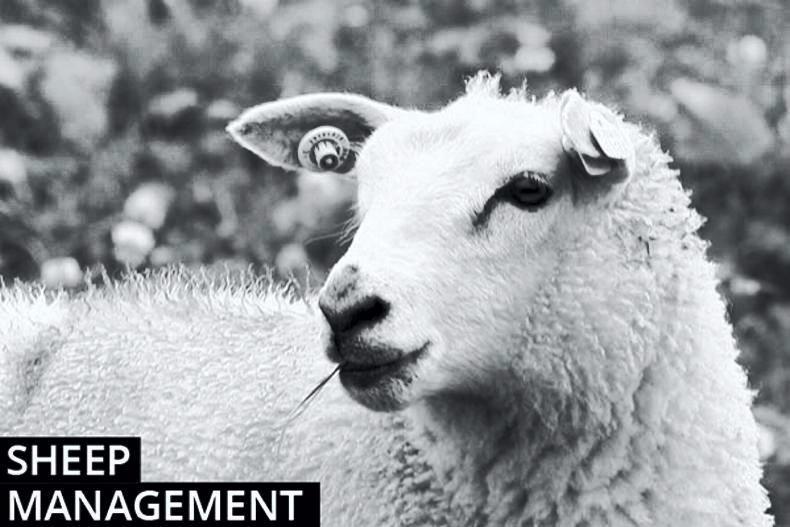
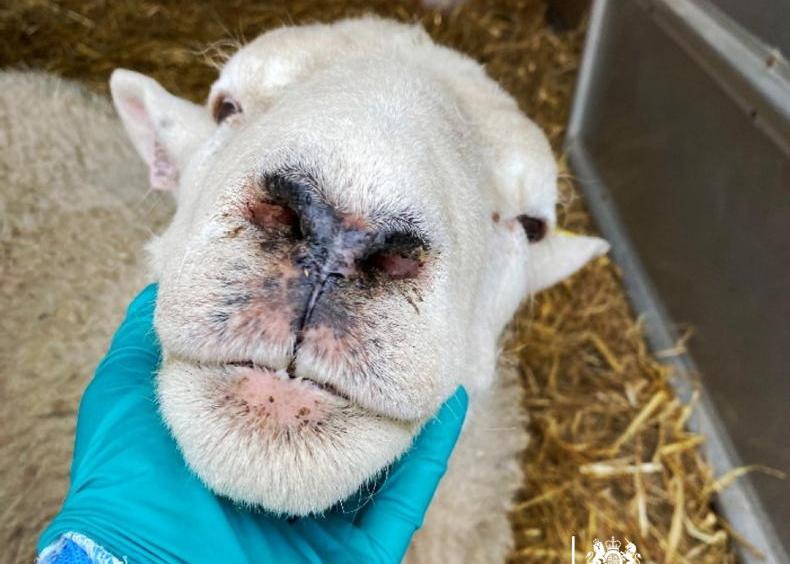

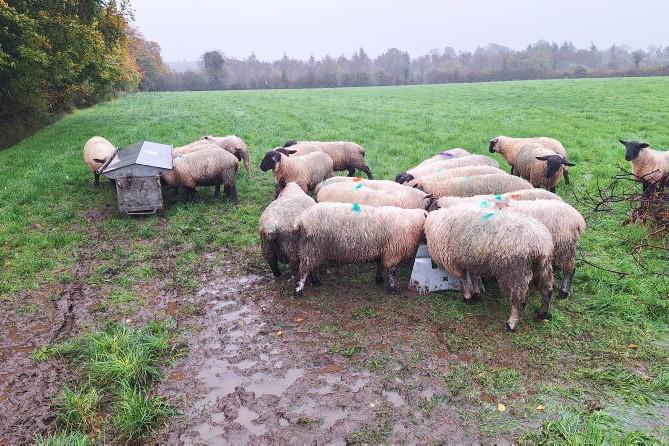
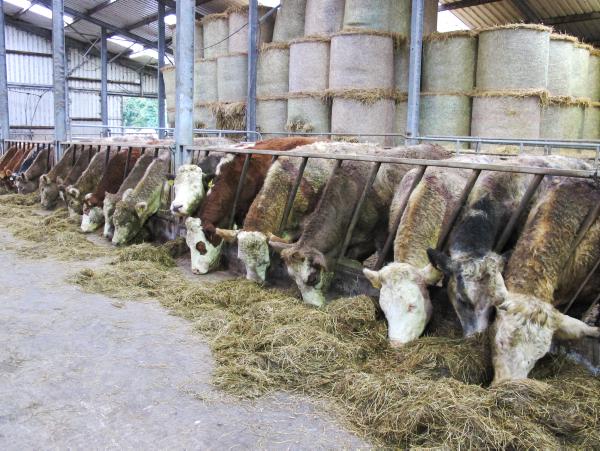
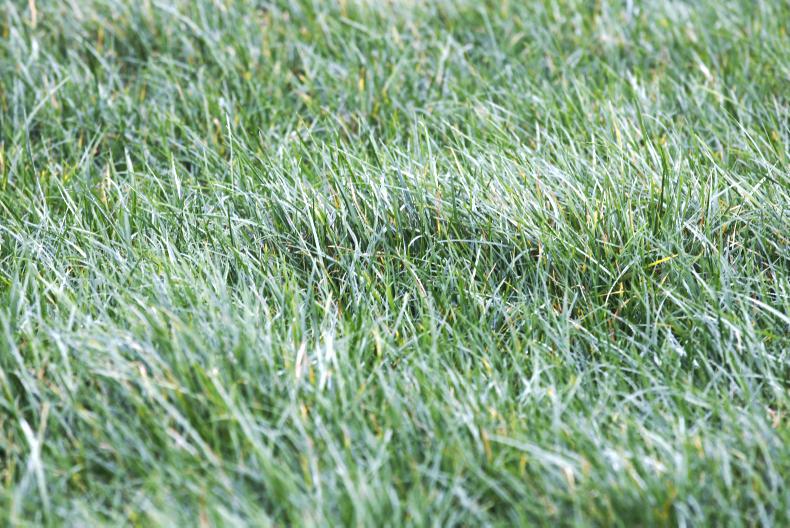
SHARING OPTIONS